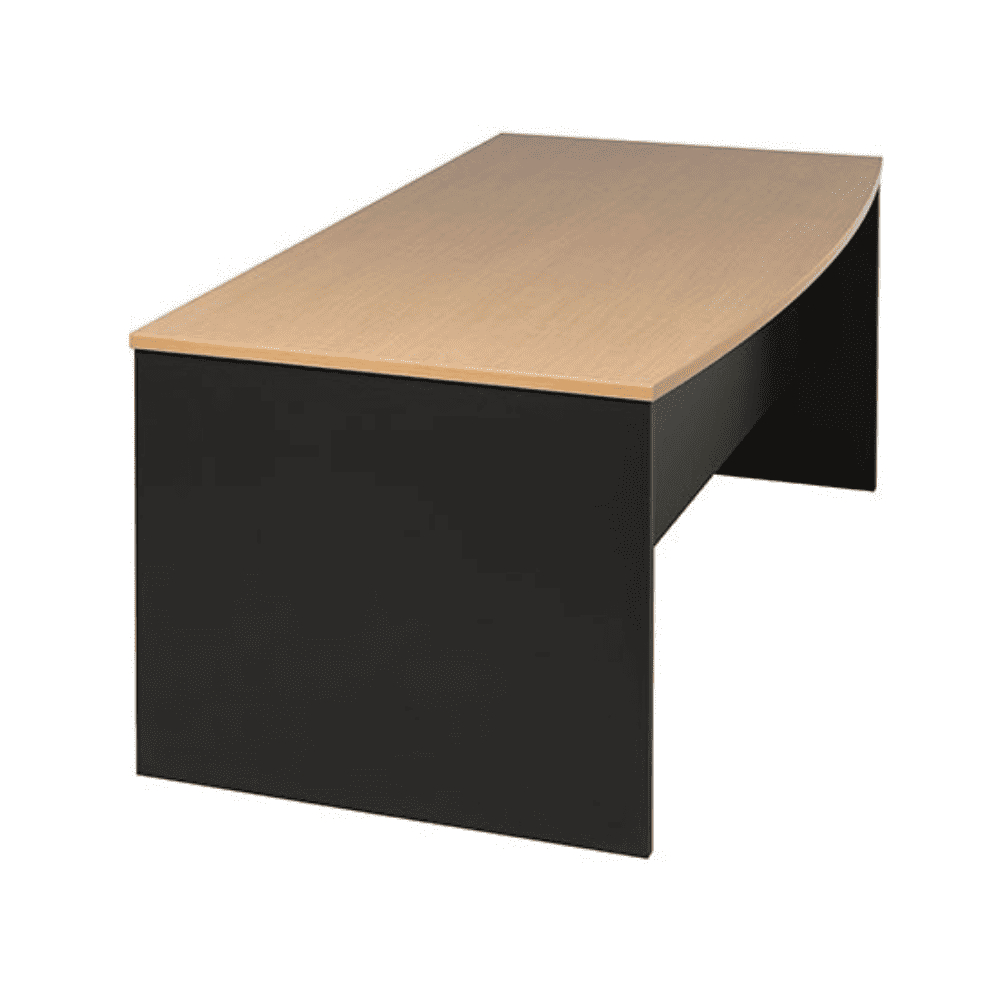Warehouse Clearance Sale – Limited time only!
Timber Veneer Care & Maintenance
Timber veneer is a popular choice for adding a touch of elegance and natural beauty to furniture, cabinets, and decorative elements in residential and commercial settings. However, proper care and maintenance are essential to keep it looking its best and ensure its longevity. This article will discuss the best practices for cleaning and maintaining your timber veneer surfaces to ensure they retain their beauty and durability for many years.
Understanding Timber Veneer
Before delving into the care and maintenance of timber veneer, it’s essential to understand what it is and how it differs from solid wood. It is a thin layer of wood glued onto a substrate, such as a particleboard or MDF (medium-density fiberboard). This thin layer of wood makes solid wood appear while using less expensive material.
Because timber veneer is a thin layer of wood, it’s more susceptible to damage from scratches, dents, and moisture than solid wood. This vulnerability underscores the importance of proper care and maintenance to ensure your it will remain in top condition for years.
Daily Care
Developing a regular cleaning routine is essential to keep your timber veneer surfaces looking their best. Regular dusting and cleaning with a soft cloth or microfiber duster will help prevent the buildup of dirt and dust that can scratch the veneer’s surface. Be sure to avoid using abrasive or harsh cleaning products, as they can damage the finish of the veneer.
If you need to remove spills or stains:
- Avoid soaking the veneer with water, which can cause warping and other damage.
- Use a damp cloth and mild detergent, such as dish soap, to clean the area gently.
- Wipe up any excess moisture with a dry cloth immediately.
Avoid placing hot or wet items directly onto the veneer, as this can cause damage to the finish. Always use coasters or trivets to protect the surface from heat and moisture.
Deep Cleaning and Maintenance
In addition to daily care, it’s important to deep clean and maintain your timber veneer surfaces periodically. Begin by removing any surface grime or buildup with a soft cloth or microfiber duster. Next, use a mild cleaning solution, such as a mixture of water and vinegar, to gently clean the surface. Be sure to avoid using harsh or abrasive cleaning products, as they can damage the finish of the veneer.
If the surface has scratches or other damage, you can use a wood filler to repair the area. It is important to adhere carefully to the manufacturer’s instructions for optimal results. Once the filler has dried, sand the surface lightly with fine-grit sandpaper to smooth out the surface. Wipe away any dust or debris with a soft cloth before applying a new finish coat.
Conclusion
Timber veneer is a beautiful and cost-effective alternative to solid wood. With proper care, your timber veneer surfaces will retain their beauty and durability for years to come. However, proper care and maintenance are essential to ensure your furniture remain in top condition for years. Develop a regular cleaning routine and avoid harsh cleaning products and direct exposure to moisture and heat.
